What do we mean by self-awareness?
Increasingly educational psychology recognises the importance of students developing self-awareness competency - the ability to reflect on one’s own role in society, to be able to evaluate one’s actions and to deal with one’s emotions and desires.
Typically, this involves five key aspects:
Able to identify emotions
Accurate self-perception
Able to recognise strengths and weaknesses
Possess self-confidence
Demonstrate self-efficacy
The first – able to identify emotions – means understanding the relationship between thoughts, feelings and behaviour, the fundamental cognitive triangle and at the core of cognitive behavioural models (see What is CBH?).
The second – self-perception is covered by something known in educational psychology as the Johari window model, which contains four elements or intersections in a 2 x 2 matrix of known to self and known to others. Some things about ourselves - our personal strengths and weaknesses, e.g. in terms of learning style and approach - are known to us and to others (Open); some things are unknown to us but known to others (Blind spot); some things are known to us but unknown by others (Hidden); and finally somethings about us are unknown to both us and others (Unknown). Some aspects about ourselves we choose to hide from others, and some aspects that others can see we are just unaware off, e.g. you might think of yourself as open-minded, but others may not, or you may think of yourself as inadequate, but others see you as actually very competent.
So this means of looking at ourselves can help us with our perception of some of our own strengths and weaknesses, including, for example our problem-solving style and orientation and self-confidence (including assertiveness and expressiveness). But I think there is more to self-awareness than just these competencies. From a mindfulness perspective we can see some other notions of self-awareness that may be important – being more in contact with the present moment, more accepting of thoughts and feelings for what they are and an awareness of ‘self’ as the context within which our thoughts, feelings and experiences take place. At a personal level this awareness of self, acceptance and being open to present moment experiences, can enable clarity of personal values – what’s important to the individual - and so we can set goals in service of those values, and undertake committed action accordingly. These are all elements of ACT – Acceptance and Commitment Therapy. So in my view, an awareness and clarity of personal values adds something important to the usual conceptualisation of self-awareness key skills and competencies.
A more mindfulness approach distinguishes ‘self as context’ as distinct from ‘self as content’, requiring the ability to be an observer of your own thoughts, feelings, sensations, actions – this is awareness of ‘self’ - and that these experiences take place in the context of ‘self’; critically, they are not the same as your ‘self’ viewed as the content of your thoughts and feelings - you are not your thoughts and feelings. Self as context (as an observer) is therefore the same ‘you’ when a child, now and when older. Being able to simply identify your own emotions or thoughts is not the same as being able to accept them for what they are.
We can see a distinction, in my view, between the (educational psychology) Johari window concept of self-awareness and the mindfulness concept of self; in other words, a distinction can be drawn between ‘self-awareness’ (in educational psychology terms) and ‘awareness of self’ (mindfulness terms), and while there is overlap they are not the same thing – the latter inherently provides a greater sense of connectedness, e.g. to each other and the world, whereas the former is very much focused on the individual’s awareness of their own capacities and attitudes (‘focused’ rather than ‘broadened’ attention).
An awareness of self (as context for our experiences rather than the content of those experiences) is perhaps a prerequisite for developing a wider sense of connectedness to others and the world, and the environment/nature, at least at a more than superficial level. The opposite of connectedness is separateness – focused in on personal thoughts, feelings and experiences sometimes to the exclusion of all else, which tends to be typical of various forms of anxiety and low self-worth (or deeper depression), of being overly self-critical, and of perfectionism - a far-from-helpful view of self.
So, knowing more about how your own thoughts, feelings and behaviours interact, and being able to be an observer and accepting of those, is key to being able to build your own long-term resilience skills and greater self-efficacy.
Bill Sheate, 17 October 2018


